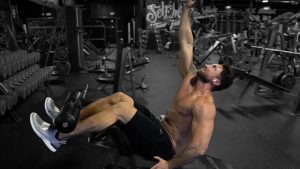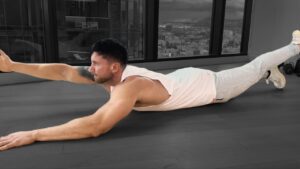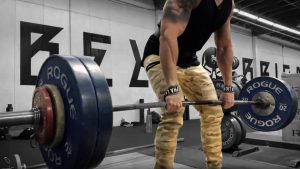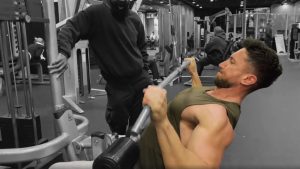If you want to build the most pleasing, aesthetic physique possible, there's no better equipment-based exercise than cable machine pull overs. This upper-body movement hits the lats, rhomboids, biceps, and traps. In fact, it hits just about all of the major muscles of the upper body.
How To Perform The Rope Cable Pull Over
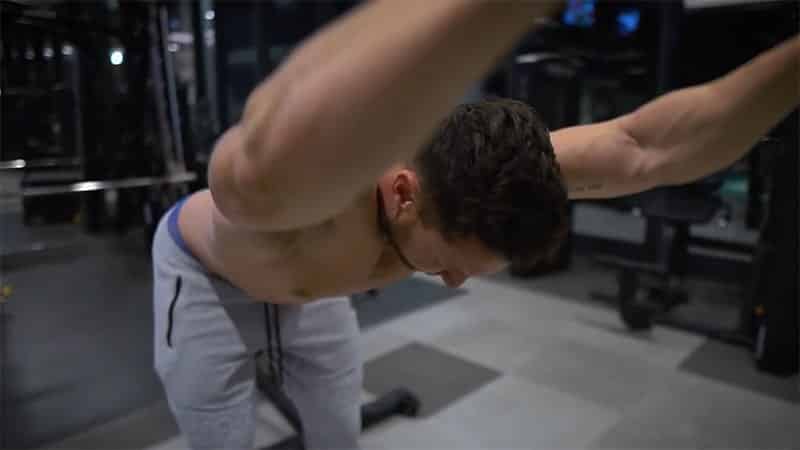
This chest exercise is often performed with a straight bar, but you can also use a rope instead of the bar. You can bring your fists further behind you for a better squeeze than you get when you pull the bar.
Bend over at a 45-degree angle, knees slightly bent and shoulder-width apart. Fully extend your arms straight in front of you as you overhand grip the bar/rope. Bring the bar slowly down to your sides, and squeeze. Then slowly reset your arms.
Cable Pull Over Variation: The Lying Cable Pull Over
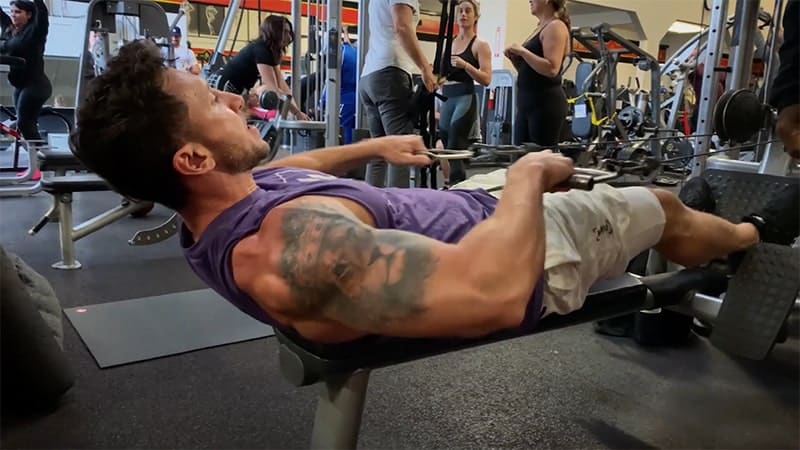
To add more focus to the back muscles and chest muscles, try this row variation that uses constant tension throughout the exercise. Attach a straight bar to the low pulley of a cable machine, then position a bench in front of the machine so you can lie down with your head facing the machine and grab the bar with both hands.
This variation of the pull over targets the chest muscles in addition to the back with constant tension throughout the exercise.
Cable Pull Over Variation: Dumbbell Pull Over
Most people don't have time to spend hours at the gym doing a series of exercises that target each muscle in turn, but you can still build an impressive physique if you keep your workouts short and sweet.
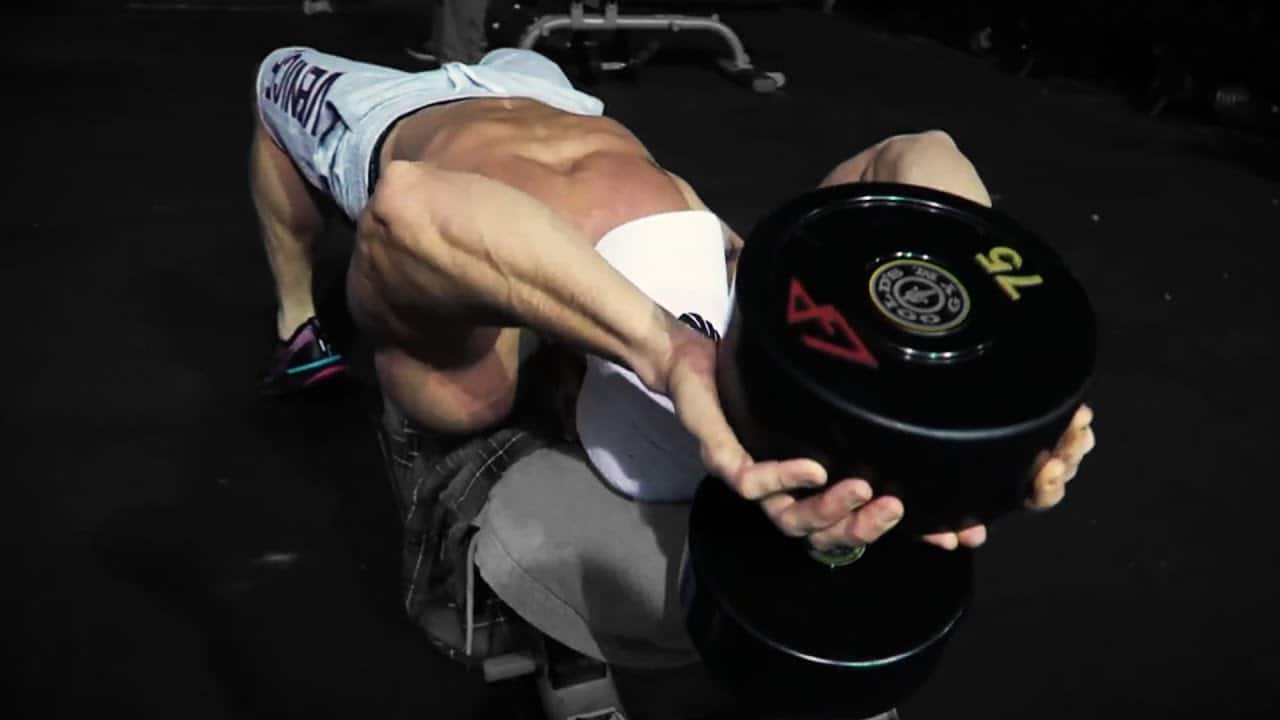
The best way to get this done is by doing dumbbell pull overs. Not only do these work your posterior chain, upper body, and core, but they can also be done anywhere. All you need is a set of dumbbells.
Lie down on a bench with your head and upper body supported, overhand grip a dumbbell above your chest, and extend your arms straight.
Don't use too much weight. Think about staying at a 50% load if you already do triceps extensions.
Common Mistakes When Doing Cable Pull Over Workouts
Cable machine pullovers are a great exercise for the upper back, but if you’re not doing them correctly, you’re missing out on reaping the true benefits. One common mistake people make when performing cable machine pull overs is allowing the shoulders to elevate too far up in the stretched position.
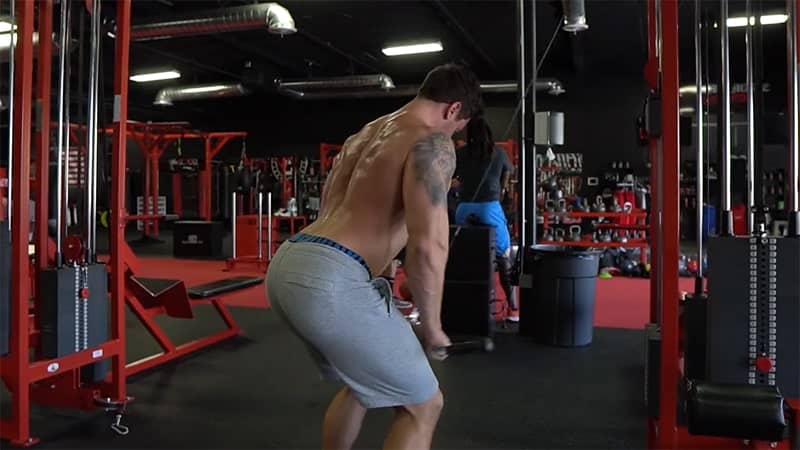
Another common mistake for people who are just starting out with the cable pull over is to over-extend the neck and shoulders as you pull the cable back.
You should be focused on creating as much resistance as possible at the shoulder and not at the elbows or wrist. The biggest mistake I see people make in cable pull overs is not keeping the core tight and locking the spine in.
Keep your knees and your feet shoulder-width apart, or slightly wider than shoulder-width apart if you have a smaller frame. If you feel tightness or discomfort in your back or glutes, adjust your starting positioning.
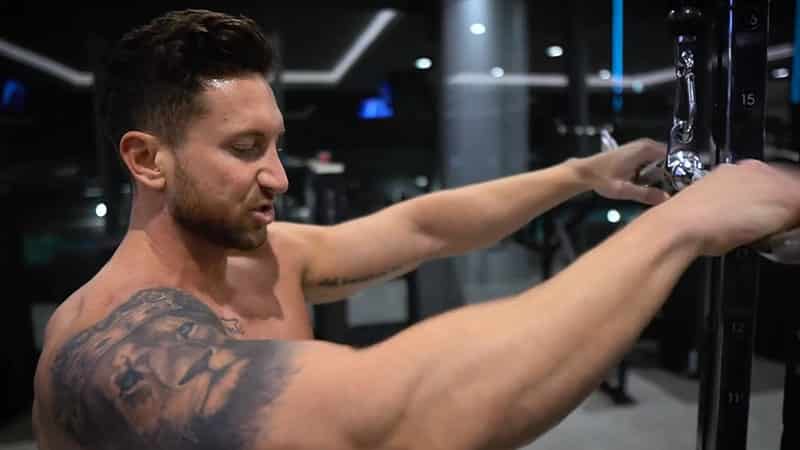
In the beginning, you might struggle with keeping your arms straight during the cable pull over. Keeping your arms slightly bent is critical to proper form. Keeping your arms straight is unnatural, and prevents you from getting the full range of motion.
When you do a cable pull over, another most common fitness mistake people make is allowing too much bend in the elbows and turning the movement into a triceps exercise. The biceps aren’t active in this position, so you’re just isolating the triceps, which means you’re wasting your time.
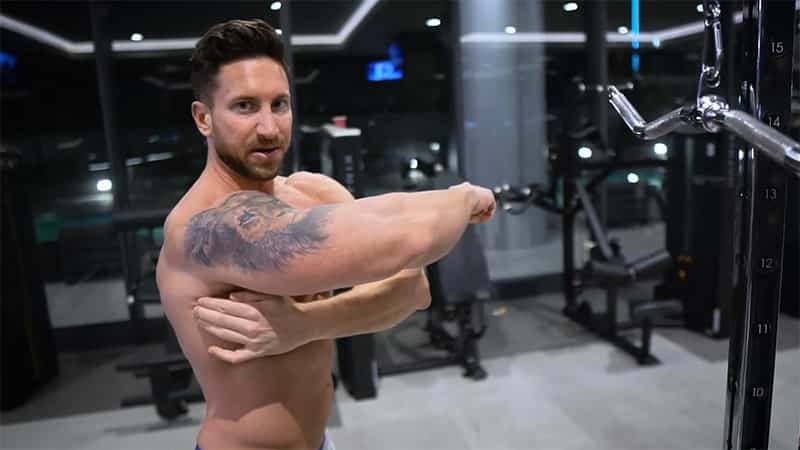
When people don’t feel the intended muscle working, it’s often because they’re not mentally engaging with that muscle. When you’re doing a cable pull over for the lats, for example, don’t just go through the motions. Instead, grab the bar, pull the bar, and focus on feeling your lats working.
Rather than using momentum to the point you can't control the weight, it's important to keep the weight as close to your body as possible. By doing so, you'll be able to feel more of the contraction. This will also allow you to keep the weight closer to your center of gravity and reduce the risk of injury.
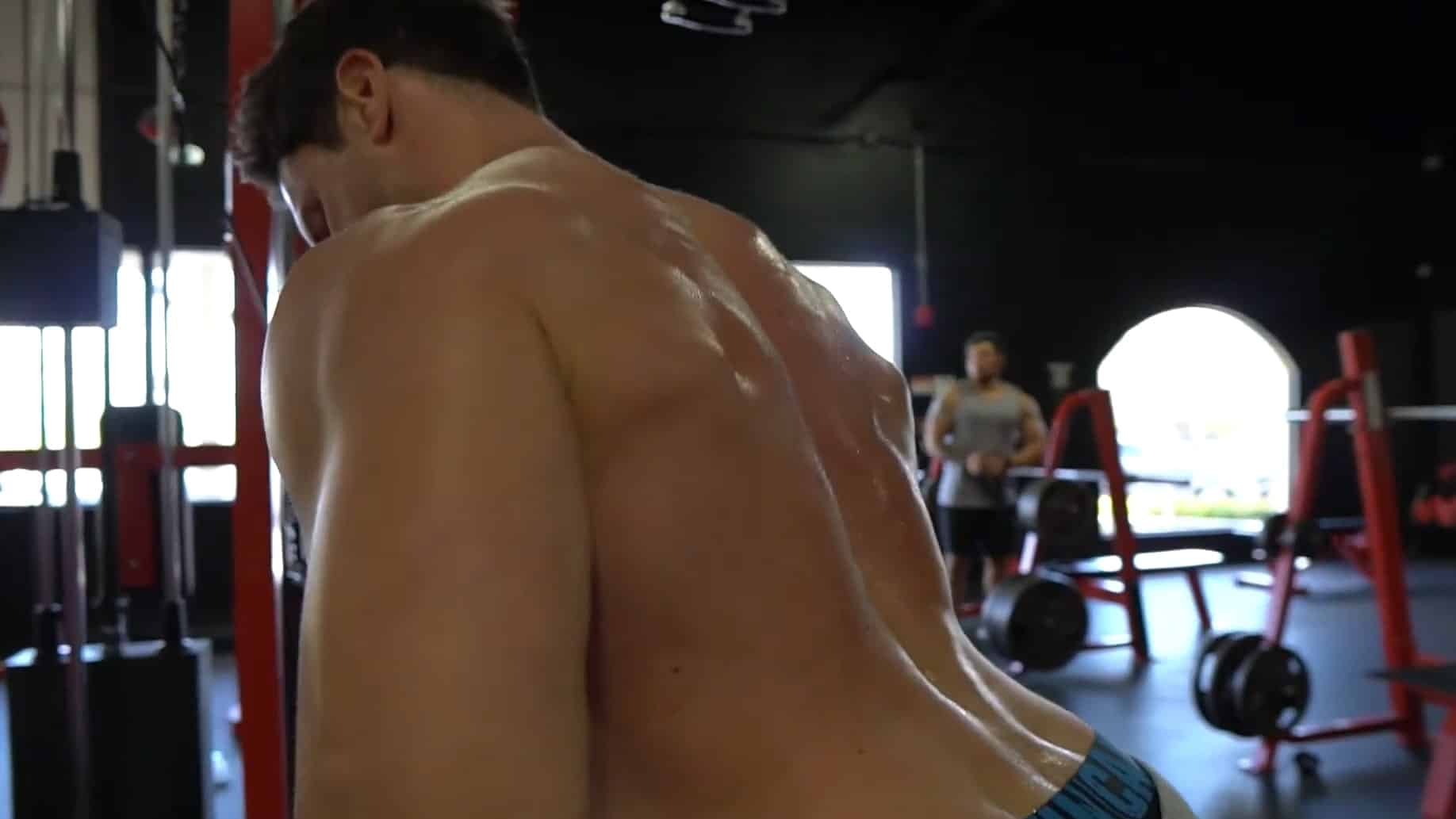
When you perform a cable pull over, you want to keep your shoulders as retracted as possible. When you’re in the bottom position, your shoulders should be in their “packed” position, which means that your shoulder blades should be pulled back and down.
Should I Add The Cable Pull Over To My Fitness Routine?
The cable pull over is a classic bodybuilding workout that used to be one of the most important exercises for those interested in developing an impressive body. Nowadays, you're more likely to find powerlifters on the bench press than you are to see a pull over being performed in the weight room by casual fitness enthusiasts.
This forgotten exercise should be resurrected and brought back into action.
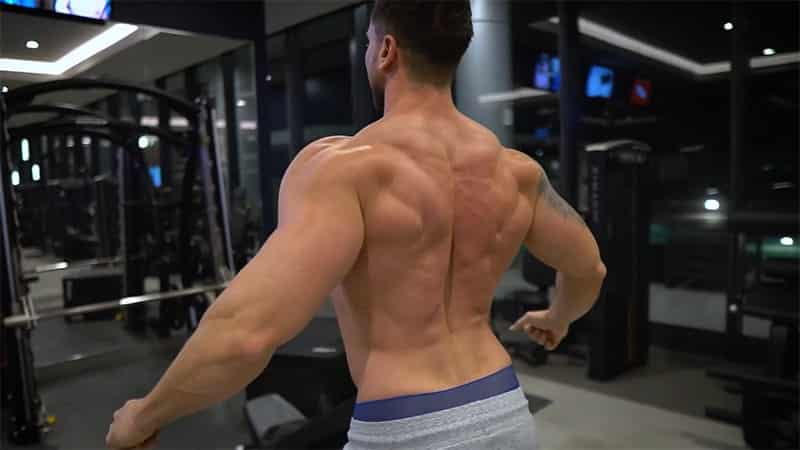
Anyone who's ever had a pull over in their fitness program knows how great they are for building upper back and shoulder stability and mobility.
They also work nearly every muscle in the upper body by challenging the core as it stabilizes through a range of motion that many other muscle exercises can't even come close to touching.
Add the cable pull over to your workout for a safe and easy exercise to improve your upper body strength and fitness.

